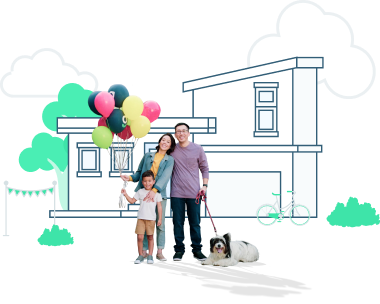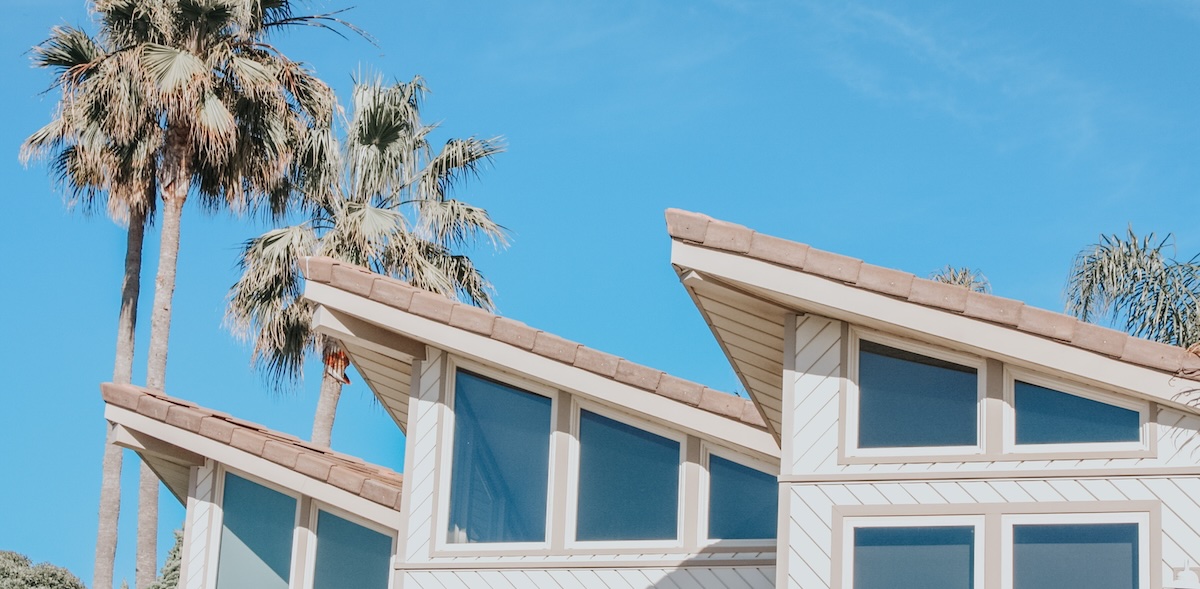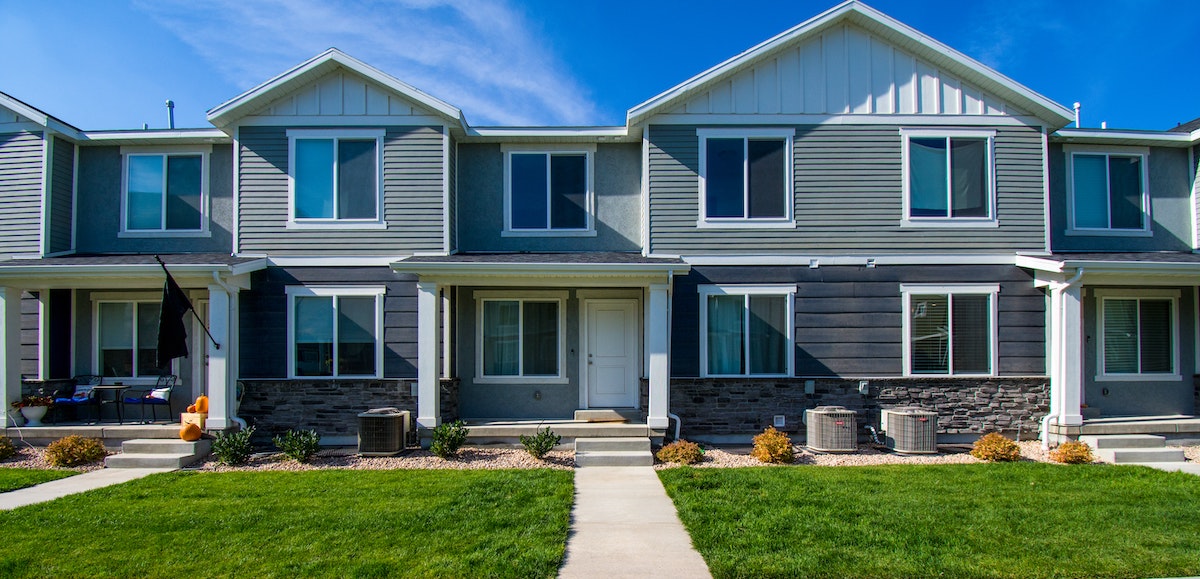California
Street Shock: How ADUs and SB-9 Are Changing California Neighborhoods
Last Updated Jun 30, 2021

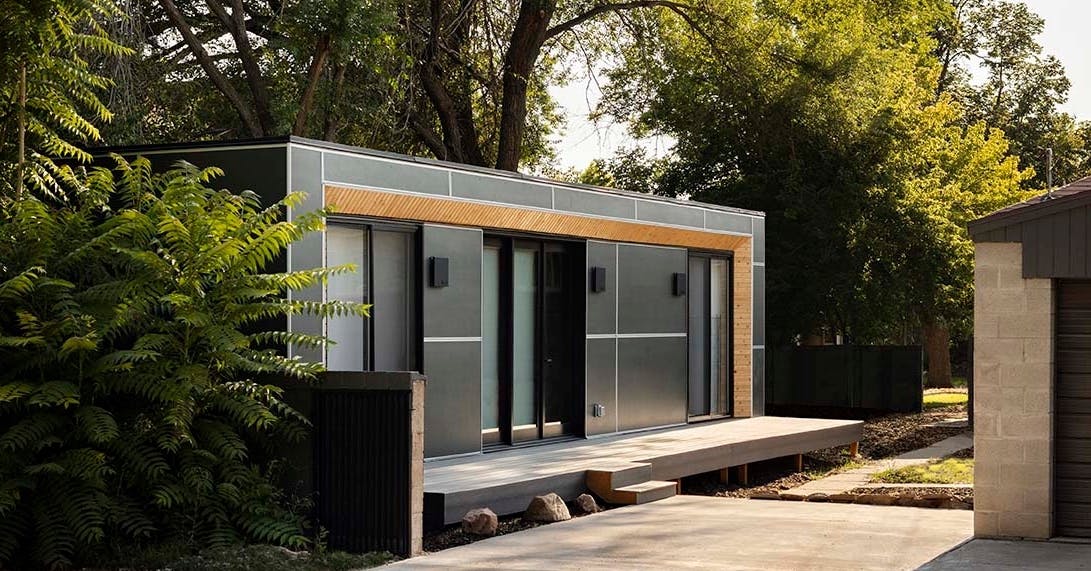
Table Of Contents
New CA legislation on ADUs and sub-divisions under SB-9 is inspiring a burst of innovative architecture that can be financially rewarding for local homeowners.
Can a home built tomorrow be loved as much as one that was built decades ago?
It’s a question that is more relevant today – especially in California – than ever before, where a spate of recent legislation has made it easier than ever to build new homes. SB9 allows homeowners to subdivide their property in order to construct new rental units, while a revision to the California Health and Safety Code requires that cities and counties develop programs that incentivize the creation of ADUs (Accessory Dwelling Units). Both are part of a wider effort to address the housing shortage in the state and create affordable homes for middle and lower-income families.
Yes, these laws are controversial, and many are opposed. But Belong believes that new houses can be instantly lovable, and that these laws create opportunities for innovation in the housing industry. Indeed, we’re already seeing an architectural revolution – a creative renaissance – that is partially enabled by these legislative changes.
3 examples of backyard-ready ADUs
1. Abodu
One company that is turning ADUs into homes worthy of veneration is a start-up called Abodu that creates pre-fab units to deliver on the company’s promise: Backyard homes worth living in.
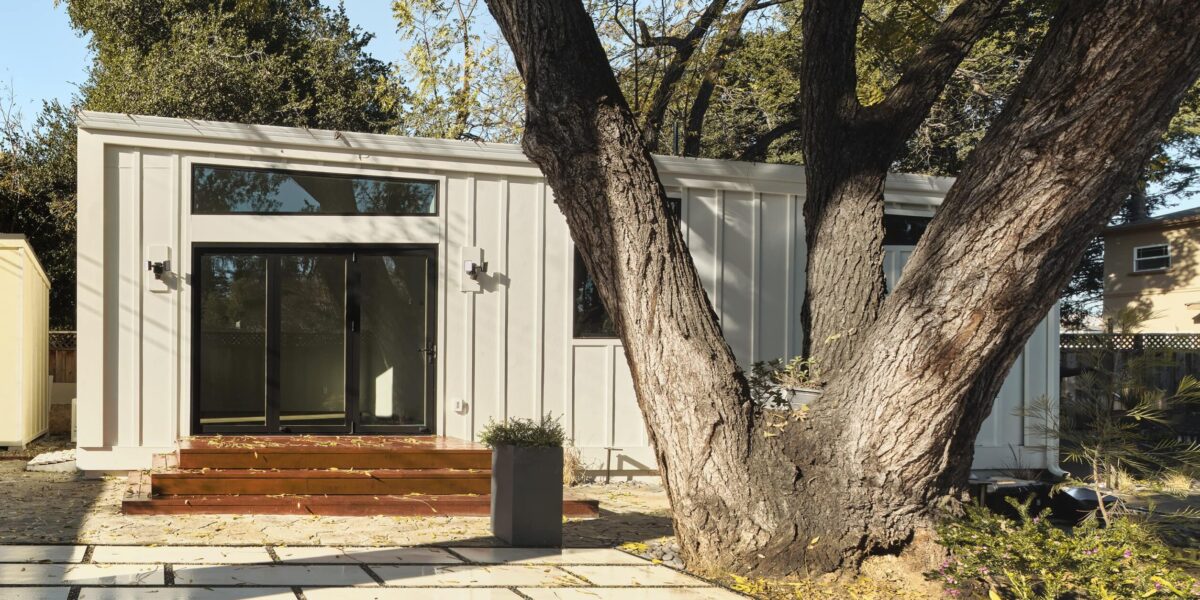
Image source: abodu.com
These backyard homes can be delivered in 6 months or less at a cost of around $200,000. The buildings have a mid-century meets industrial vibe, and can quickly generate an unexpected level of affection: their Instagram feed demonstrates their cute covetability. Their website notes that they “…teamed up with world-renowned architects, Koto, to create beautiful, pre-approved spaces with enough custom design elements to make them your own. Every square inch is engineered to maximize the living potential of every yard.”
It’s an innovative model that others are also pursuing, given that the regulatory environment is so immensely favorable. ADU projects must be approved within 60 days of a permit being submitted. And cities are prevented from restrictions that might limit their proliferation: they cannot impose a minimum lot size requirement of an ADU structure, or off-street parking requirements. To help the process along, the company says it has “pre-approved its structural engineering with California state-level agencies to ensure its units can be built statewide…”
2. Mayberry Workshop
Mayberry Workshop, an architecture firm with a commitment to building community through commercial and residential architecture in San Jose, believes that great design should be accessible to everyone. That's why although they specialise in custom work, they designed 30 pre-designed, pre-approved ADU plans so you can reduce costs and select your favourite. We quite like the way they describe the potential uses of these structures: “In-Law Unit. Home Office. Man Cave. Pool House. Shop. She Shed. Rental Unit.” That about covers it, dontcha think?
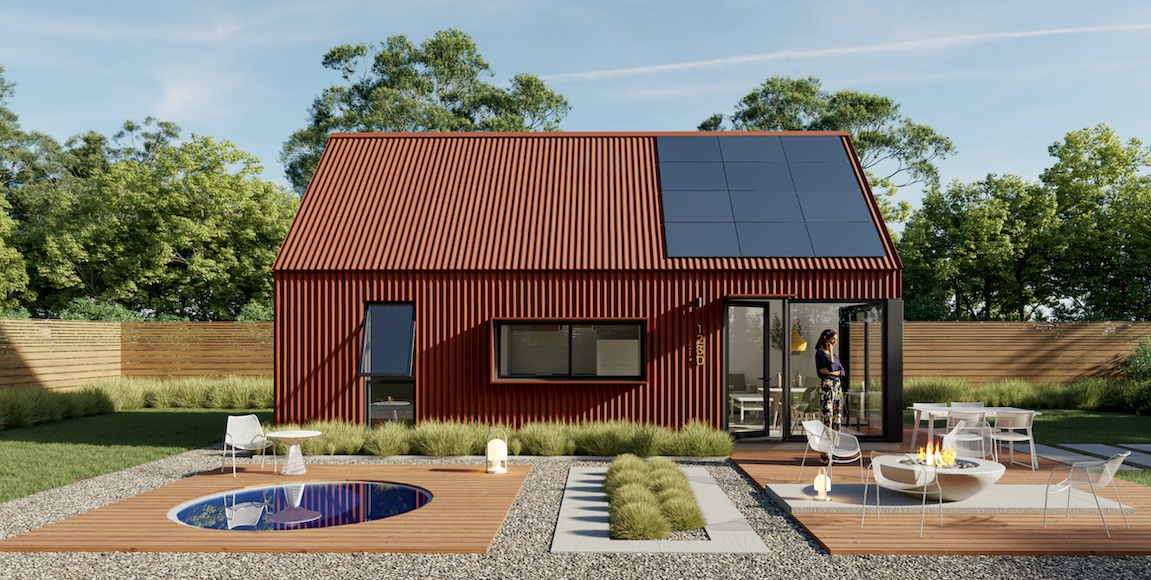
Image source: mayberryworkshop.com/adu
3. Modal
Last but certainly not least, Belong works with Modal to provide pre-fab ADUs to homeowners on their platform. Beautifully detailed and on-trend, these modernist-inspired homes can be quickly installed on-site by one of our thousands of vetted and trusted contractors for all qualified homeowners.
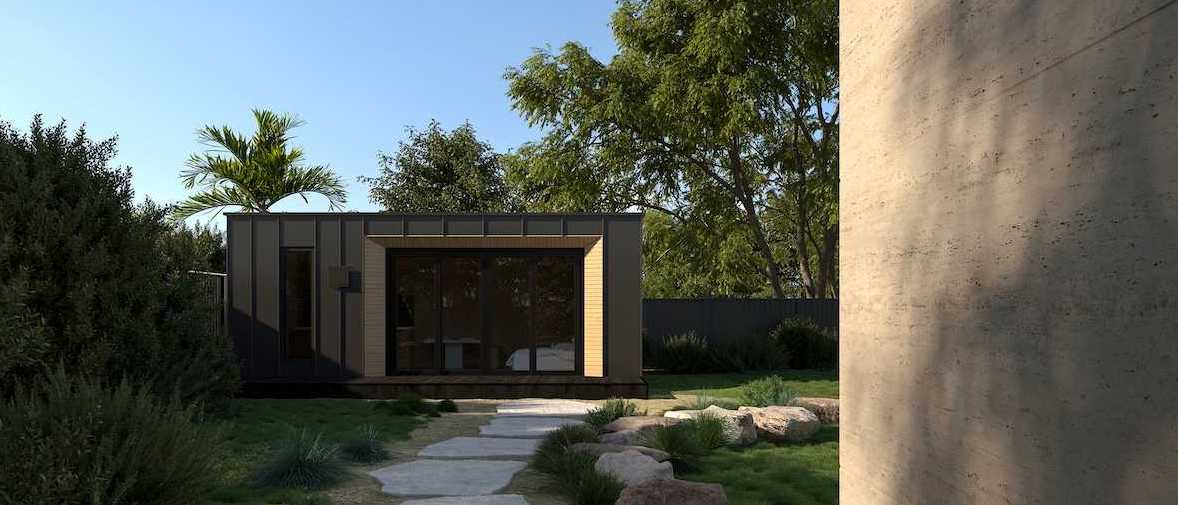
Image source: livemodal.com
How ADUs Are Changing the Californian
The Mercury News asks “what comes next” after the Bay Area’s single-family neighborhoods evolve. From 3,000 miles away, the New York Times writes that we are looking at what will be “A very different California.” But we are optimistic about where the combination of a pioneering law and frontier innovation will take us.
It is a dramatic change, as neighborhoods built on the paradigm of the single-family house will become denser. The Times writes that last year:
“California cities issued about 13,000 permits for accessory units in 2020, which is a little over 10 percent of the state’s new housing stock … up from less than 1 percent eight years ago. The effect is already visible … four-unit buildings rising behind one-story bungalows; prefabricated studio apartments being hoisted into backyards via crane; blocks where a new front-yard apartment sits across the street from a new backyard apartment down the way from a new side-yard apartment.”
Read more about how new laws are changing Californian communities for the better
Change in urban areas is recognized as inevitable. The suburbs have been fixed in time, but that’s also changing in California – and will elsewhere. Density adds a sense of community and extends the sense of belonging – which our company is built on – to more people.
ADUs and the Future of California
As there are more homes to be loved, and more people to love them, neighborhoods and communities – families, too – will grow stronger and more connected, as extended families can live in warm proximity.
More local retailers – cherished bookstores and bakeries and butcher shops – will be started and supported.
There will be some challenges, for sure, but we are convinced that in a decade, or even less, we will look back at ADUs as a force for good.

About The Author
Adam Hanft
Editor in Chief
Adam is a futurist - co-author of "Dictionary of the Future" - brand strategist, public-company board member, former comedy-writer (but he hasn't stopped being vaguely amusing), and an investor in Belong.

